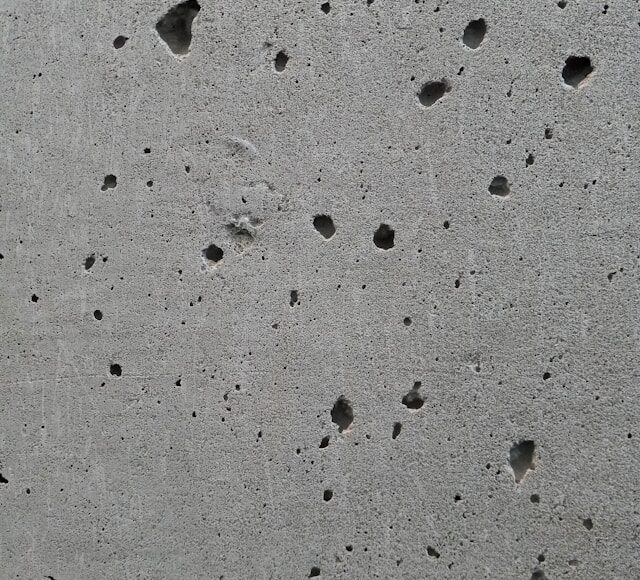Stress urinary incontinence (SUI) is a common issue that mostly affects women since it can result from inadvertent urine leakage caused by coughing, sneezing, or lifting. This is a disturbing illness, but it is curable using a range of therapies that aim to strengthen the pelvic floor muscles, enhance confidence in daily activities, and improve bladder control.
Non-Surgical Approaches
Exercises for the Pelvic Floor: These exercises focus on the muscles that support the urethra and bladder, which are essential for regulating urine flow. By strengthening these muscles on a regular basis, leakage episodes during effort are minimized.
Behavioral Techniques: Scheduled voiding and gradually extending the intervals between bathroom trips are two examples of techniques, such as bladder training. By enhancing bladder capacity and control, this lessens the frequency and urgency of urine linked to SUI.
Lifestyle Changes: Keeping a healthy weight, avoiding bladder irritants like alcohol and caffeine, controlling fluid intake, and giving up smoking can all help to lessen the symptoms of SUI. These alterations to lifestyle promote bladder health and enhance overall continence.

Medical and Surgical Interventions
Physical Therapy: Pelvic floor physical therapy provides individualized treatment regimens that include exercises, biofeedback, and methods to enhance muscle control and coordination in order to strengthen the pelvic muscles.
Medication: Although less frequently used for SUI than other forms of incontinence, some drugs may be recommended based on a patient’s needs in order to relax the muscles in the bladder or lessen the urgency of urination.
Surgical Options: Surgical methods may be taken into consideration for patients whose symptoms of SUI are severe or persistent and do not improve with conservative measures. This comprises:
The mid-urethral sling is a minimally invasive treatment in which a sling is positioned beneath the urethra to enhance closure and offer support when engaging in strenuous activity.

Agents for Bulking: Collagen and other injectable materials are used to increase the volume of tissues around the urethra, which helps it stay closed and stop leaks.
Artificial Urinary Sphincter: This surgically implanted device imitates the natural urinary sphincter’s function to give the patient manual control over the flow of urine.
Choosing the Right Treatment Approach
The best course of action for stress urinary incontinence treatment differs based on a patient’s unique situation, including the degree of symptoms, general health, preferences, and reaction to previous therapies. It is imperative to consult a healthcare professional, usually a urologist or urogynecologist, in order to determine the underlying causes and create a customized treatment plan that meets individual needs and objectives.
Stress urinary incontinence is a curable condition that responds well to a range of non-invasive therapies, such as pelvic floor exercises and behavioral therapy, in addition to surgical options such slings and implants. By getting medical advice as soon as possible and looking into appropriate therapy alternatives, people can significantly improve their quality of life, regain control over their bladder function, and participate in daily activities with confidence without having to worry about leaking.












